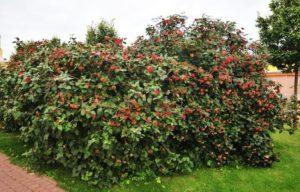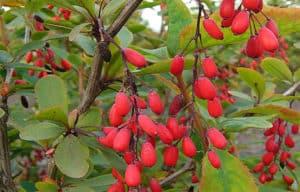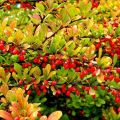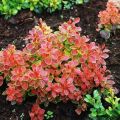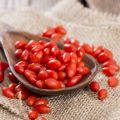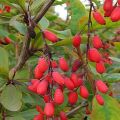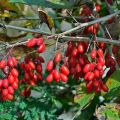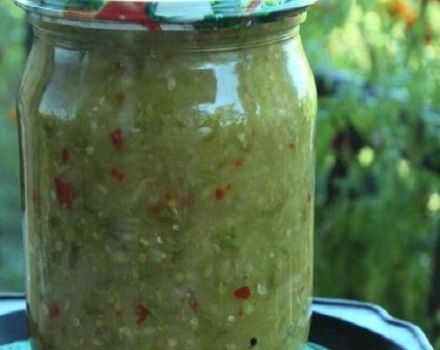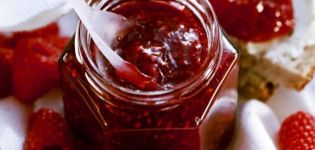How to properly prune barberry bushes in summer, spring and autumn
Gardeners know little about pruning barberry, although it is grown in almost all areas. This shrub is an excellent honey plant. Its flowers attract bees, which pollinate other flowering plants along the way. The shrub is unpretentious. It adapts well to soils, is insensitive to strong winds and grows quickly. In order for the plant to please the gardener and not cause inconvenience, timely pruning is required.
Why pruning barberry is important
Why you need to prune the shrub:
- Without crown formation, this thorny shrub becomes sloppy.
- And picking berries from such plants is problematic: hands have to be protected with gloves. And on the remaining fruits, pests and fungal spores can winter.
- A well-formed bush decorates the site. Several plants planted in a row can serve as a hedge. But without timely intervention, the gardener runs the risk of getting painful scratches.
You cannot start pruning the shrub: it is quite difficult to form a thickened crown.
Terms of work
There is no hard time when the barberry should be pruned. But agronomists recommend forming deciduous barberry species as soon as the snow melts, and evergreens at the beginning of summer, as soon as they bloom.
Usually the grower starts working with plants in early spring. At this time, the movement of the sap has not yet begun, and the operation will be painless for the plant. First of all, branches damaged during the winter are removed, then a crown is formed.
Formative pruning is recommended in summer if not done in spring. With a strong thickening of the shrub, it should be thinned.
In the fall, the plant needs to be prepared for winter. It is recommended to cut out unripe shoots (this is especially important for regions with cold winters). If the gardener does not plan to prune in the spring, then you need to do it in the fall.
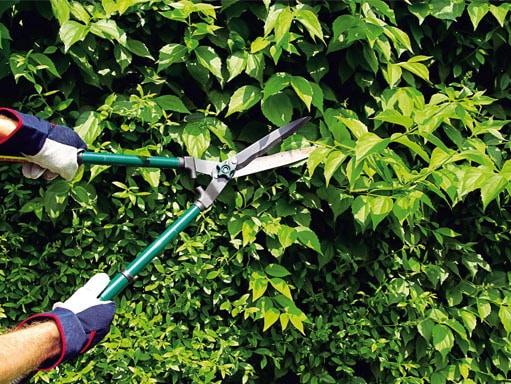
Necessary tools for cutting
Before starting the procedure, you should check that all instruments are available. The gardener will need:
- sharp secateurs;
- thick gloves to protect the skin of the hands;
- potassium permanganate solution or any disinfectant;
- thick fabric jacket to protect the body;
- lopper (in the case of working with an old thickened bush);
- garden var or oil paint (for processing sections with a diameter of more than 5 mm).
It is recommended to choose a dry, windless day for work: such weather is not only comfortable for the gardener, but also protects the barberry from fungal infection.

Schemes and technology
It is quite easy to prune the shrub correctly. Its branches grow almost vertically, rarely tangled. But it can be difficult to give a thickened barberry the required shape.
Features of pruning a young bush
The first pruning of a young bush is carried out in the first spring after planting. One of the strongest shoots is selected and shortened to the first bud. Cut out all weak branches. Over the summer, the shrub will give abundant growth. In this form, he will leave for the winter. The gardener only needs to remove damaged or diseased branches.
The next spring the shrub is “planted on a stump”. All branches are cut low, leaving high hemp. During the growing season, awakened buds will give abundant growth.The rule for pruning young barberry: the operation is carried out only in the spring, in the fall the bush is left alone.
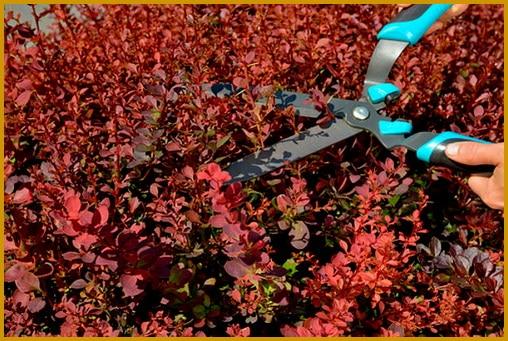
Anti-aging pruning
Old bushes (12 years or more) require rejuvenating pruning. It is recommended to act like this:
- cut out all old dark-colored shoots without leaving hemp;
- remove weak young ones too;
- cut part of the young, leaving hemp;
- shorten the rest of the young shoots by 1/3.
You should not be afraid of too radical removal of shoots: the barberry will quickly respond to it and grow new branches. Thus, you can prolong the life and fruiting of the shrub in the garden.
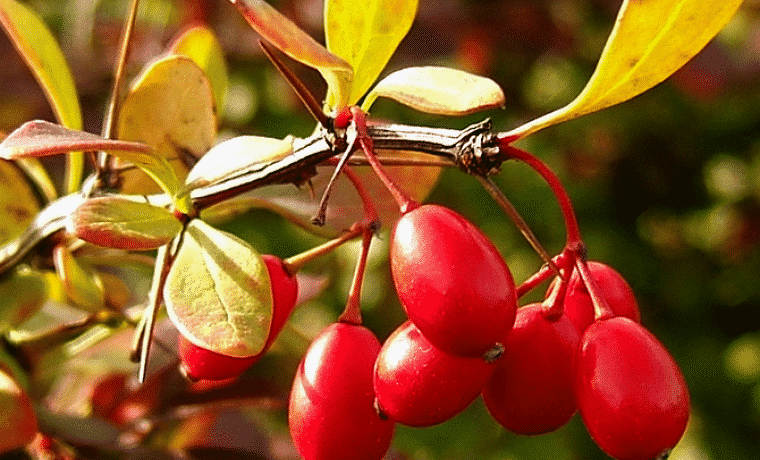
Wellness
Wellness pruning is carried out at any time of the year. During it, all broken and dried branches are removed. It is absolutely recommended to carry out the operation after strong winds, heavy snowfalls, freezing rains.
Formative
It is simple to form a barberry: all its branches grow almost vertically. The gardener is only required to remove old and tangled shoots in time. It is required to take into account that some barberries give abundant root growth. It also needs to be cut out at the very ground. Barberry easily recovers after trimming of any intensity, so it can be shaped into any shape with a topiary frame.

Features of pruning various types of barberry
If the barberry is left alone, then it will form in the form of a disheveled ball. This feature is taken into account by landscape designers: most often they cut barberry in the form of a ball, cone or pyramid.
Sometimes in the garden there are barberry bushes, trimmed in the form of a cube or rectangular parallelepiped. In this way, a hedge is formed.
When planning the outline, the gardener must calculate the number of skeletal branches of the plant:
- for a spherical or cubic shape, 2-3 strong shoots are enough;
- pyramid or cone suggest 6-8 skeletal shoots of different lengths.
It is impossible to give the required shape to the plant in one season. First, the gardener should determine the number and direction of the main branches, and the next year, using a frame or template, finish pruning.
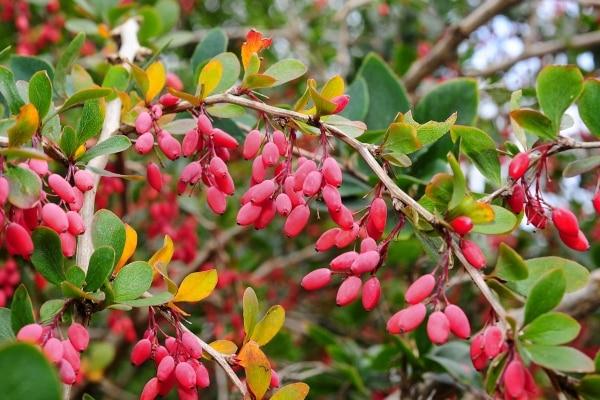
Care after the procedure
A well-done pruning is half the battle. The plant needs help after the procedure. Without a complex of recreational activities, the bush will stop bearing fruit and wither.
How to feed the bush
After spring pruning, barberry needs nitrogen. For each adult plant, you need to add a bucket of mature compost or rotted manure. It is recommended to distribute organic matter evenly over the trunk circle. Gardeners organize liquid fertilizing with fermented grass. To do this, dilute 1 liter of infusion in 10 liters of water and water the bush.
After sanitary summer or formative autumn pruning, the plant needs to be given potassium and phosphorus.Sources of these elements are inert flour, oven ash. In case of a lack of components, mineral complex fertilizers are used.
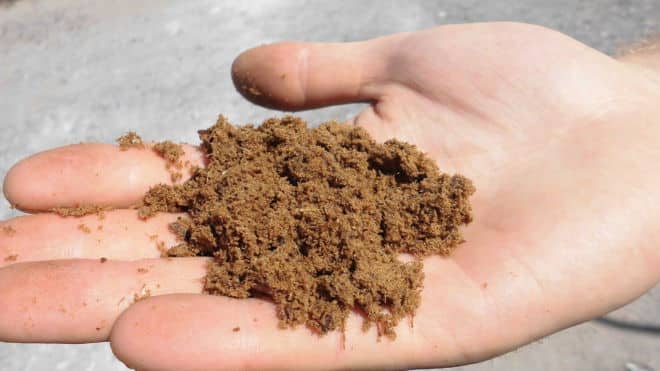
With decorative pruning, the plant is given a liquid foliar dressing. An infusion of fermented herbs or a ready-made complex dressing (potassium humate) is suitable.
How to care for large cuts
It is unacceptable to leave sections larger than 0.7 cm untreated. Spores of fungi or pathogenic bacteria penetrate into the wounds. Infected barberry will have to be treated.
To prevent such problems, it is recommended to cover the sections immediately. Suitable:
- garden pitch (layer thickness no more than 1 mm);
- Oil paint;
- garden antiseptic;
- brilliant green solution.
Competently processed sections quickly overgrow with bark, no hollows are formed, and the wood does not rot.
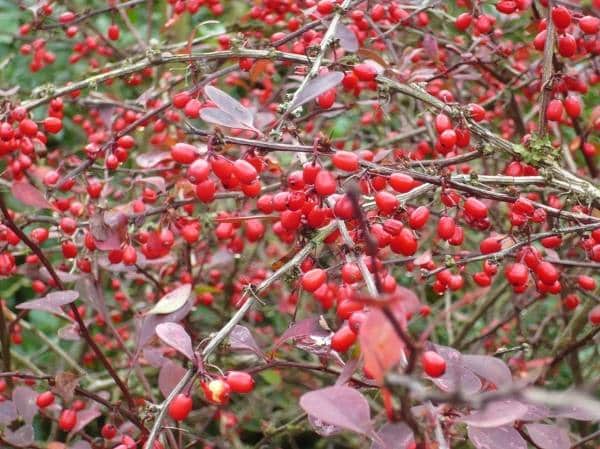
What problems can you face
Barberry tolerates well even anti-aging pruning. It recovers quickly and continues to bear fruit. But novice gardeners face difficulties:
- when pruning, burrs remain, leading to rotting of the core of the shoots;
- stumps are formed, giving rise to hollows after a few years;
- too abrupt anti-aging operation slows down the growth of barberry.
When pruning a plant for the first time, you should not rush: it is better to divide the procedure into 2-3 stages.
